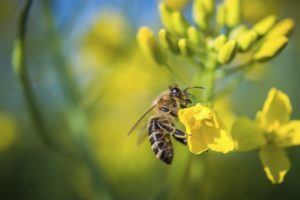 Organic and Synthetic Pesticides
Organic and Synthetic Pesticides
Prevention is the first line of defence on both organic and conventional farms. However, when pest problems persist; pesticides are an important tool for protecting crops and ultimately our food supply.
What is the difference?
Organic pesticides include minerals mined from the ground or derived from natural sources. Many organic pesticides include ingredients such as soaps, lime-sulfur, fermented vinegar and hydrogen peroxide.
Synthetic pesticides are generally synthesized from basic element using chemical reactions. While some synthetic pesticides are also found in nature, many are not.
Natural is not necessarily safer
Pesticides, whether from natural or synthetic sources, range from low to high toxicity. All pesticides used have recommended rates of application and approved uses.
See Our PDF to Learn More: DownloadPrint
SnapAg:
What are GMOs and are they okay to eat? What does organic farming look like? How are animals like chickens or cattle raised?
snapAG is a series of resources that invite students to explore the hot topics affecting the agriculture industry today. Topics range from organics, biotechnology, GMOs, livestock, and more.
Explore what’s trending in agriculture in Canada by browsing the topics here.
Sources available at: https://aitc-canada.ca/en-ca/learn-about-agriculture
snapAg is brought to you by Agriculture in the Classroom Canada and partners.



